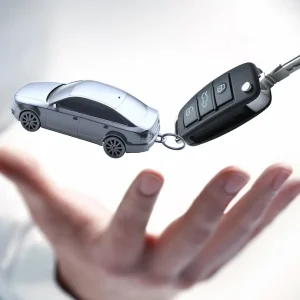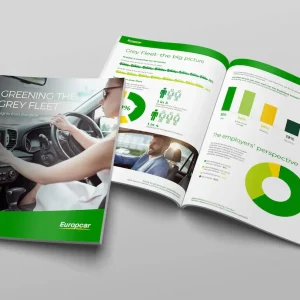The environment is an important issue for companies, but it’s not a high priority for the people fleet managers actually provide cars for – the drivers
An interesting conversation took place around the family dinner table at the weekend.
My brother-in-law is about to change his car, which is privately owned but fully funded by his company (he even gets private fuel, despite my constant warnings about how much extra tax he will be paying).
We discussed his various options before settling on an Audi A3 1.8T. At no stage did he mention the environment and, when we asked him if it was a factor, he admitted he hadn’t really thought about it. Although he liked to think he was environmentally aware, all he really wanted was a car that suited his needs.
Earlier in the week I spent some time with John Kingston, Honda’s environment manager. John spends much of his working day making presentations to potential corporate customers, explaining Honda’s environmental stance on everything from its cars to factories and future research.
He says corporate buyers, especially in the bigger companies, now want to know about corporate social responsibility (CSR) and it is becoming a “primary driver” in the sector. A CSR statement is now included in almost all tender documents and the Civic Hybrid is opening up doors to customers who had not previously considered Honda.
But even John has to admit that this stance has yet to filter down to the driver, or user, level. Down on the ground, so to speak, we are still thinking about whether the car has an MP3 connection or digital air-con.
|
“While the company wants to take an environmentally responsible decision (and save money, of course) the drivers want to get from A-to-B as fast as possible in a car that looks good on their driveway.” |
|
Rupert Saunders |
It struck me that the typical business car manager is stuck in the middle of this dichotomy. While the company wants to take an environmentally responsible decision (and save money, of course) the drivers want to get from A-to-B as fast as possible in a car that looks good on their driveway (like the company, they also want to save a bit of tax along the way).
Okay, our business car tax system means that these two objectives need not be mutually exclusive. But, with all the focus on the environment, it is quite easy to neglect the drivers. You do so at your peril.
A business car remains a major factor when attracting and retaining the right staff, ranked third in the Bank of Scotland Drivers’ Report 2007 behind a good pension scheme and generous holiday allowance. In fact, some 13% of drivers would change jobs if they were offered a better car.
Features that drivers desire include air conditioning, a hands-free phone and satnav – all items that make their journey more comfortable and less demanding. Safety and performance are rated above tax efficiency and manufacturer brand.
Perhaps we spend far too much time writing and worrying about the so-called ‘issues’ and not enough time focusing on the basics of this industry. Stripped of all the politics, the corporate car market is all about providing the right tools for the job at the right price.
This is a pretty basic message, but one that we all need to remember next time we are ploughing through 32 pages of a CSR report.





